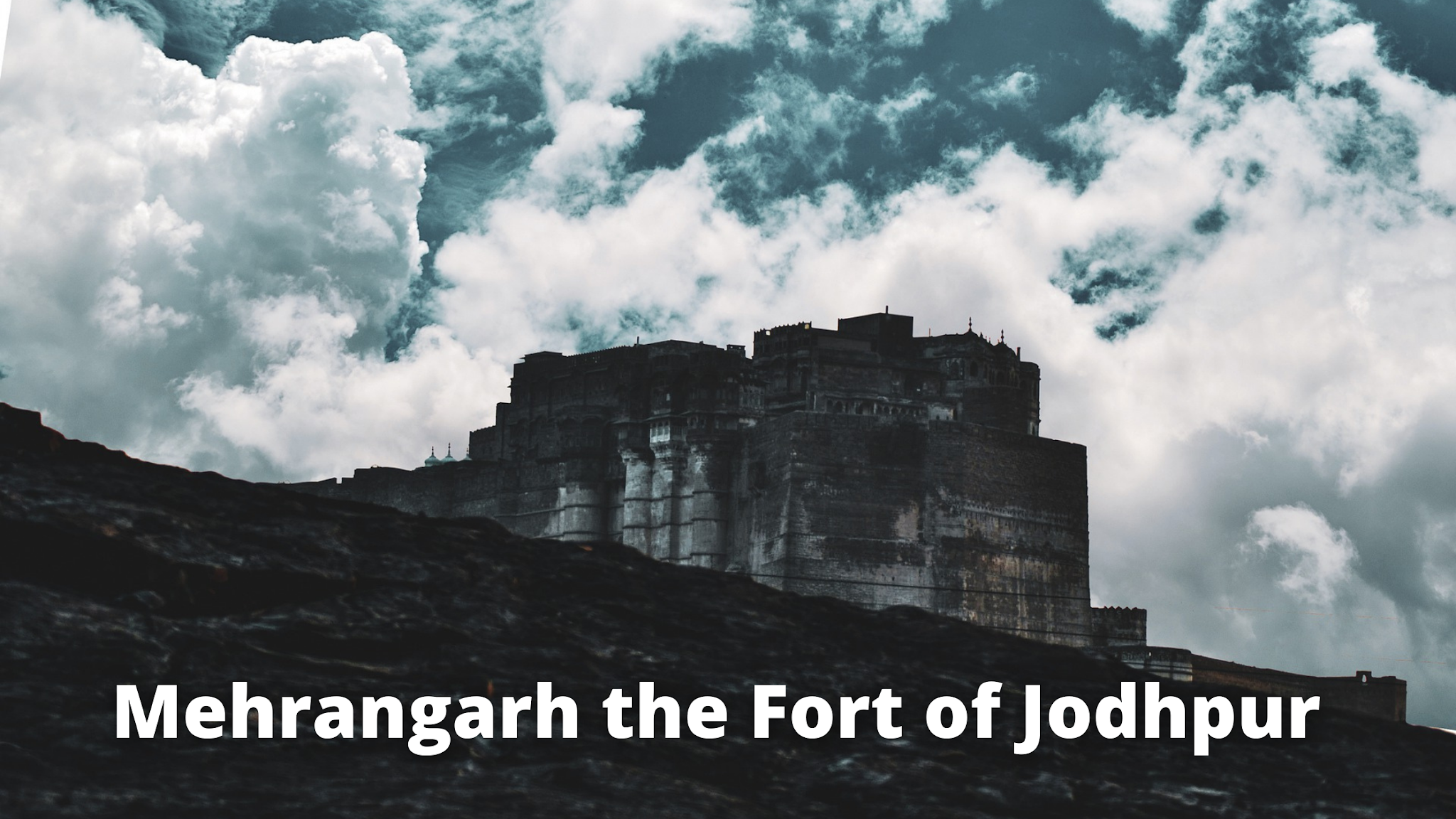Mehrangarh the Fort of Jodhpur crowns a rocky hill that rises four hundred toes above the encircling undeniable and looks each to command and to meld with the landscape. One of the biggest forts in Rajasthan, it carries a number of the finest palaces and preserves in its museum many valuable relics of Indian courtly life.
Start With The Old Mehrangarh Fort
According to their bards, the ruling dynasty of this extended family had at an earlier period managed Kanauj (in what is referred to as Uttar Pradesh). Like different prominent medieval Rajput rulers – along with the well-known Prithviraj Chauhan – they were defeated through the invaders from Afghanistan at the end of the twelfth century. This disaster caused the disruption and migration of the early Rajput clans that they led. The Rathores came to Pali, in Marwar, in what is now significant Rajasthan. It is alleged that they were to settle there to defend Brahmin villages against livestock-rustling nearby tribes. The tale can also seem relatively fanciful, but the protection of the priestly caste is one of the conventional roles assigned to the Rajputs. Their assignment in Pali becomes the basis of their expanding strength within the area.
Rao Chunda (r. 1384-1428), the 12th Rathore to rule in Marwar, hooked up his capital at Mandore, which he had acquired as part of a dowry. Two generations later, Rao Jodha (r. 1438-89) began to construct a citadel at a brand new website six miles to the south, on a remoted rock with a better elevation and better natural defenses. Jodhpur, the metropolis that sprang up at its base, became named after him. The castle became named Mehrangarh, which means ‘fort of the sun’ – a reference to the extended family’s legendary descent from the sun god Surya. Over 500 yards lengthy, its wall rises in places to a height of a hundred and twenty feet and is 70 toes thick.
Want to More To About Jodhpur then booked your Taxi Service in Jodhpur to get the best Service in jodhpur Rajasthan.
Rao Jodha Palace in Jodhpur
For Rao Jodha’s successors, these defenses had been crucial, even though not constantly adequate. The centuries following the castle’s foundation had been marked by means of rivalries between the Rajput clans and with the aid of different outside threats. A dominant impact over the place become asserted first by way of the Delhi Sultanate and later by means of the Mughals. As they built their empire in India, the Mughals sought to subdue Rajput states like Marwar and its neighbors in Rajasthan, however, they did no longer want to get rid of them. To maximum installed Indian rulers they desired to provide terms of subsidiary alliance: serve the empire, they said, and you can maintain manipulate over your ancestral lands. Four successive generations of rulers in Marwar, between 1581 and 1678, conventional this task and have become loyal allies and in impact feudatory chiefs of the empire. But for many years each before and after this section, the understanding with the Mughals broke down, the city and citadel of Jodhpur were overrun, and the Rathores had been reduced to guerrilla-style resistance of their own nation. It did not make topics less difficult that their family members with the bordering Rajput states inclusive of Jaipur and Bikaner also tended to be volatile.
State of Marwar | Jodhpur Rajasthan
In those unstable times, a citadel like Mehrangarh turned into an object of great energy and prestige; in today’s terms, it would be as a substitute like proudly owning a plane carrier. Its uses, perhaps, had been incredibly greater various; it changed into not just a military base, however additionally a palace for the rulers and their other halves; a center of patronage for the humanities, music, literature; and with its many temples and shrines it was also an area of worship. These numerous makes use of are meditated in lots of homes inside.
The cutting-edge head of the Rathore extended family and custodian of the fortress, Maharaja Gaj Singh II, has preserved the buildings and evolved the museum as a file of the lives of his predecessors. His ancestors ruled the nation of Marwar and over many generations built this architectural treasure, and it falls to him to make certain that their legacy is maintained and understood.
Stay tuned with us




0 Comments:
Post a Comment